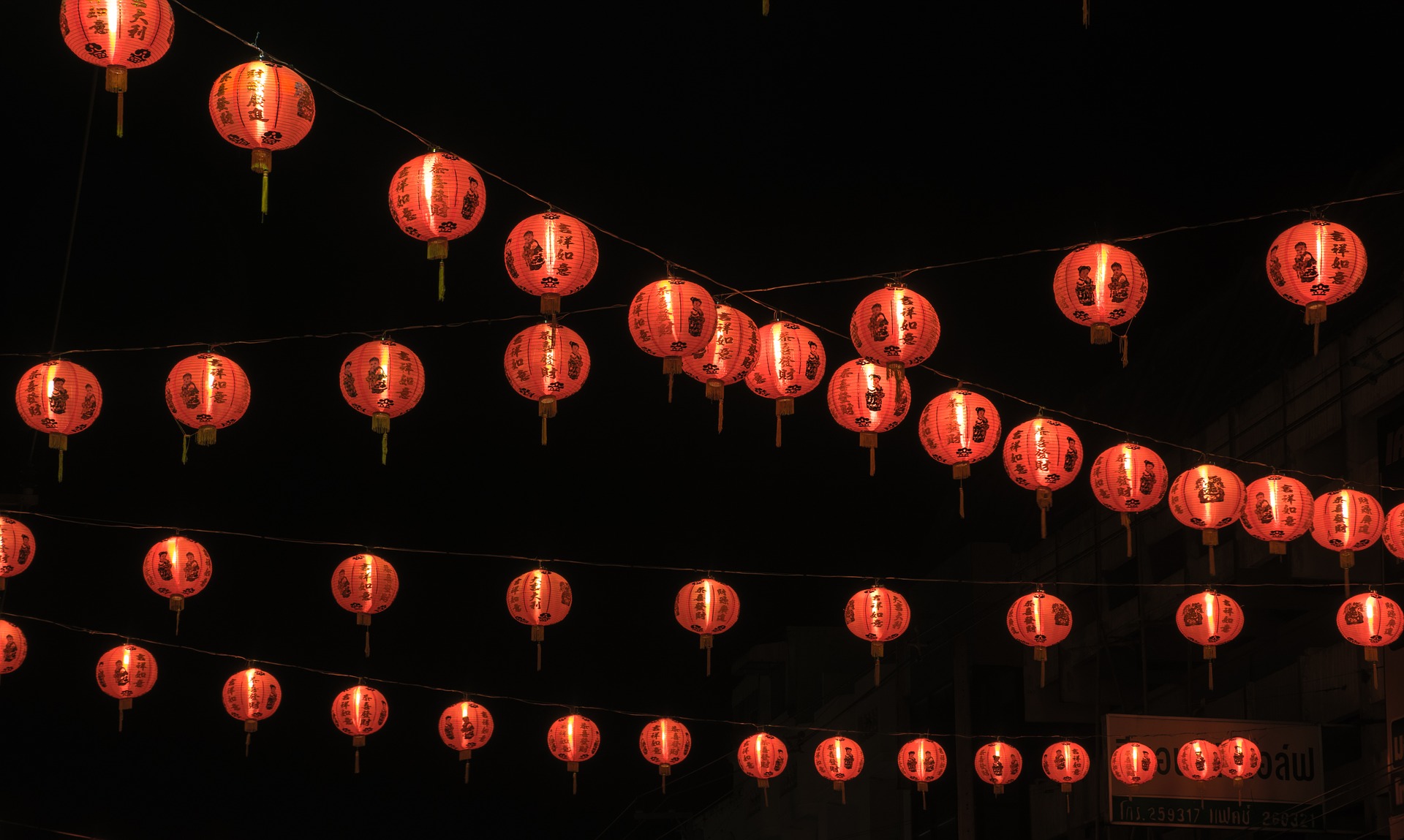Blood RED SKY
IN CHINA

The apocalypse seemingly arrived early in China’s eastern port city of Zhoushan with the sky appearing blood red over the weekend. What the hell? Turns out that the horrific hue was caused by the lights of boats.
Residents took to social media to share photos and videos of the sky turning an eerie shade of red, with many commenting that it looked like a scene from a horror film.
The blood-red sky made headlines across China, which is famous for its smoggy skies and polluted waterways. But this time, it was something else—the lights of boats and cars, as well as red lanterns hung for a festival.
The Chinese city of Zhoushan is in a bay, and when it gets dark outside, all of those lights reflecting off of the water create a red hue in the sky. It looks like a scene out of The Walking Dead or some other post-apocalyptic movie—and people freaked out.
According to CNN, one woman posted on Weibo (the Chinese version of Twitter) that she “was scared to death” by the sky and that she thought there had been an earthquake. Other posts said that people were taking pictures and videos of it because they thought it was a sign that something terrible was about to happen.
What happened was, a boat owner decided to take his vessel out and have a little fun on the water at night, but he forgot to turn off his lights when he returned home. And then it rained, and those lights refracted through droplets, creating a red sky.
The man whose boat caused this whole mess told reporters that he was “sorry for what happened.”
“It’s not my intention to scare people,” he said.
People have actually seen this before: In 2016, another city in China had its own blood-red skies when boat lights reflected off Lake Taihu at night.
1 Introduction
Spectacular sky colors have inspired myths and omens throughout history. When the sky over Zhoushan turned an eerie red in 2022, social media buzzed with speculation ranging from pollution to the supernatural. In reality, atmospheric conditions and human-made lights created the unsettling glow.
2 Historical Background
Blood-red skies have puzzled onlookers for centuries. Sailors once believed such sunsets foretold storms, while volcanic eruptions have painted the atmosphere crimson for weeks. The 1883 eruption of Krakatoa produced sunsets so intense that they inspired artists around the world. Modern science links these phenomena to particles and moisture scattering sunlight.
3 Pros and Cons of Viral Panic
- Pros: Public curiosity can raise awareness about environmental issues and motivate scientists to provide clear explanations.
- Cons: Misinformation spreads quickly, leading to fear and unfounded rumors.
4 Actionable Advice for Communities
- Check Official Sources: When unusual events occur, consult local news and weather agencies before jumping to conclusions.
- Document with Care: Photos and videos help researchers study atmospheric effects, but context is crucial. Note the time, location, and conditions.
- Share Science: Educators can use rare events like red skies to teach about light refraction and pollution.
5 Similar Events Worldwide
Cities from London to Sydney have experienced dramatic red skies due to dust storms, wildfires, or industrial light scattering. Understanding the underlying causes helps dispel apocalyptic fears and encourages better environmental monitoring.
6 Conclusion
The unsettling red sky over Zhoushan was a striking reminder that nature often collaborates with human activity to produce unexpected sights. By learning the science behind such displays, we can appreciate them without succumbing to panic—and perhaps be inspired to protect the atmosphere that creates them.
6.1 Looking Ahead
Advances in atmospheric monitoring will improve our ability to predict unusual sky colors. Satellites and ground-based sensors offer real-time insights into aerosol levels and light pollution. By combining scientific vigilance with public education, communities can face strange phenomena with curiosity rather than fear.
6.2 Final Thoughts
Events like these remind us that our atmosphere is delicate and influenced by many human activities. By keeping skies clear of excessive pollution and sharing verified information, we can enjoy these rare sights without panic.